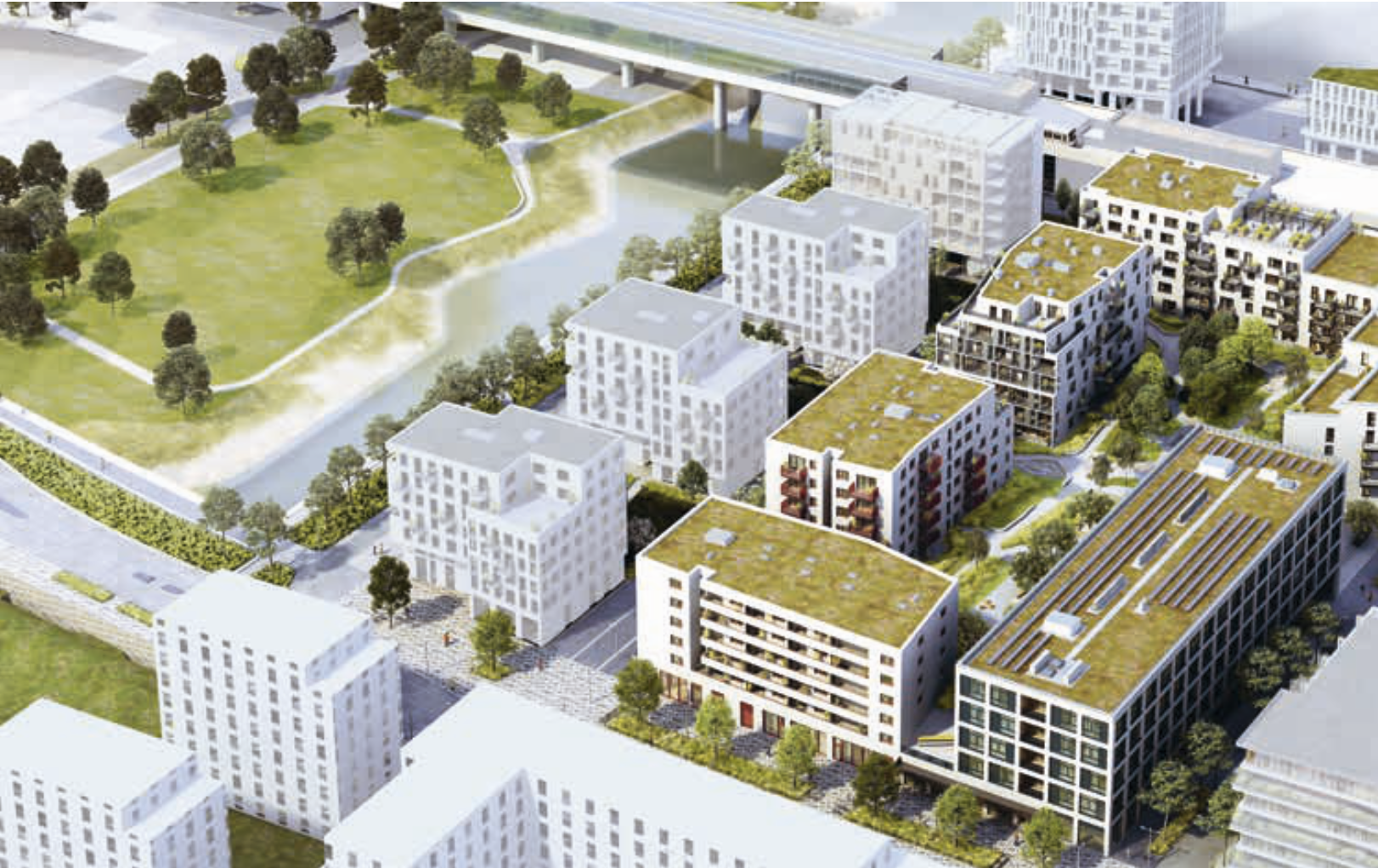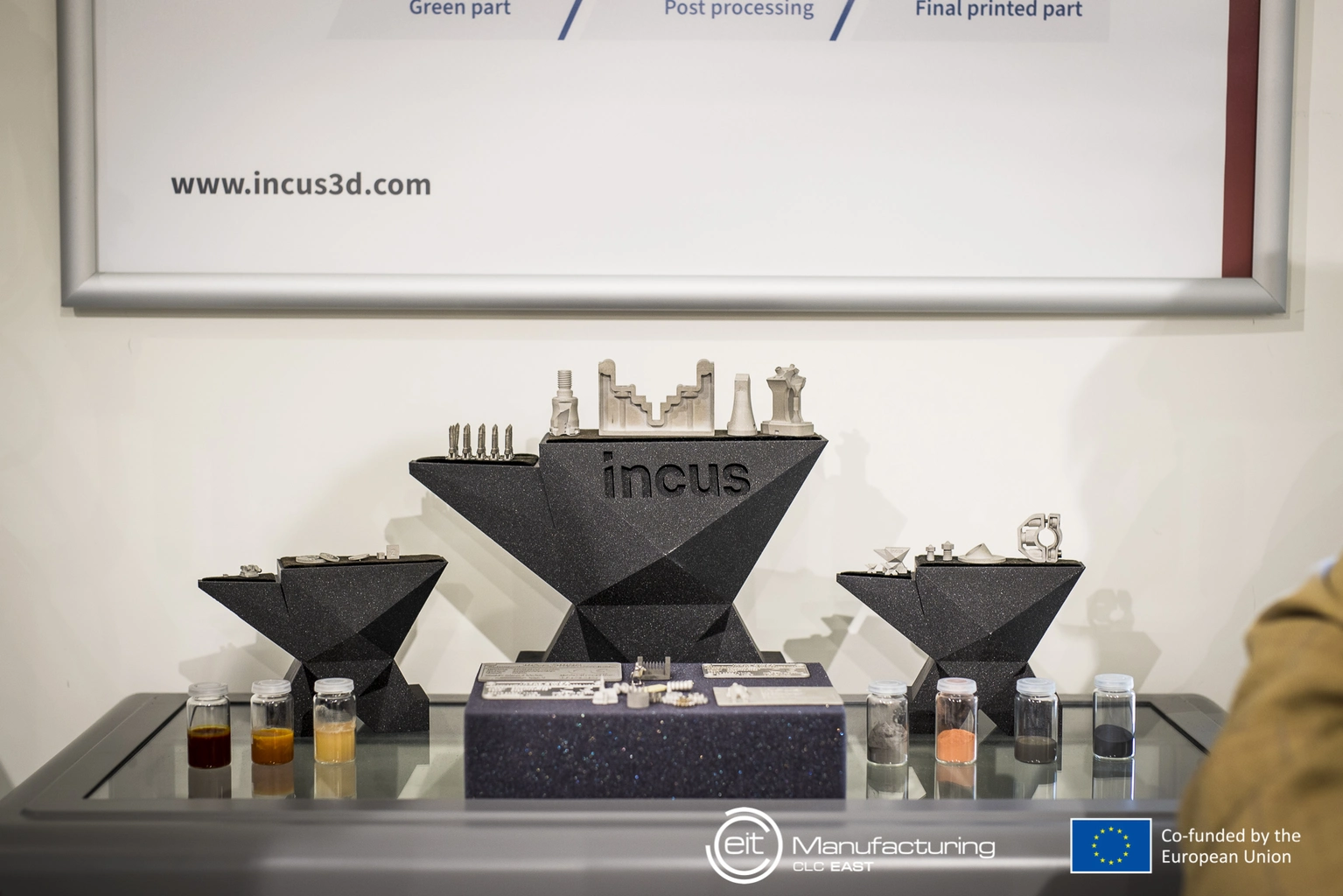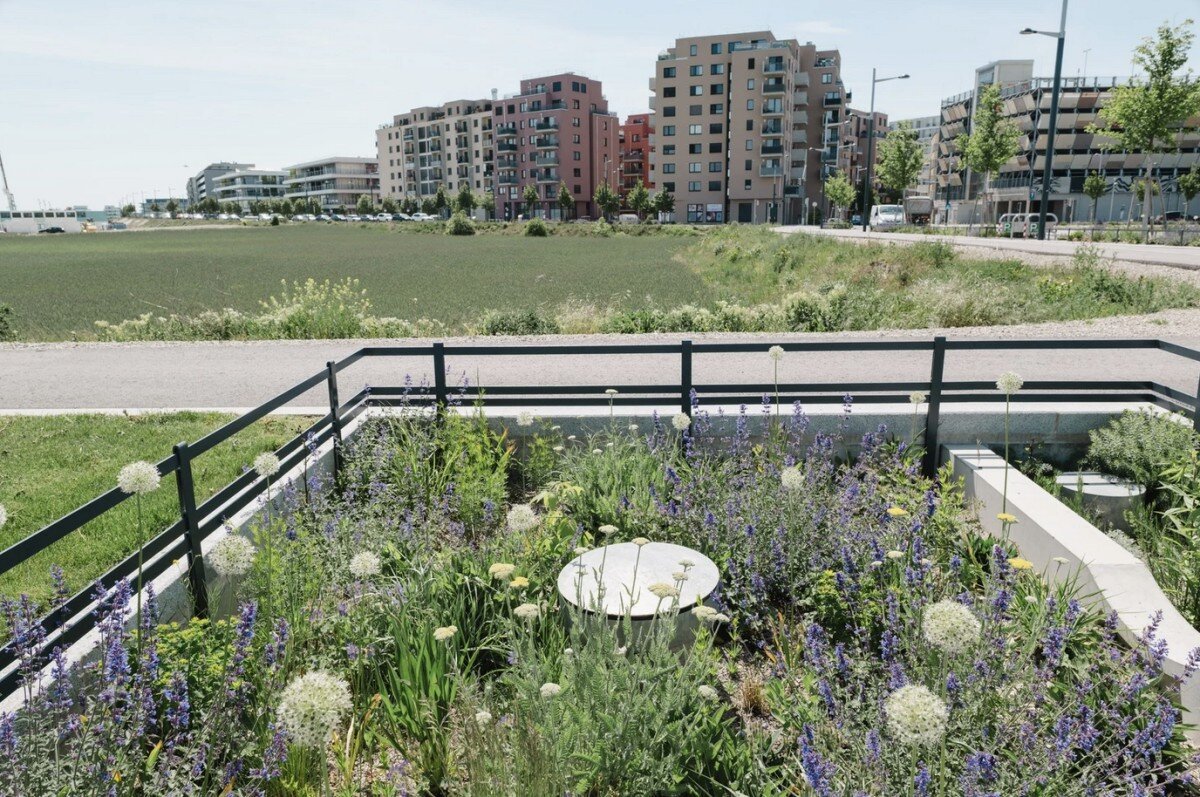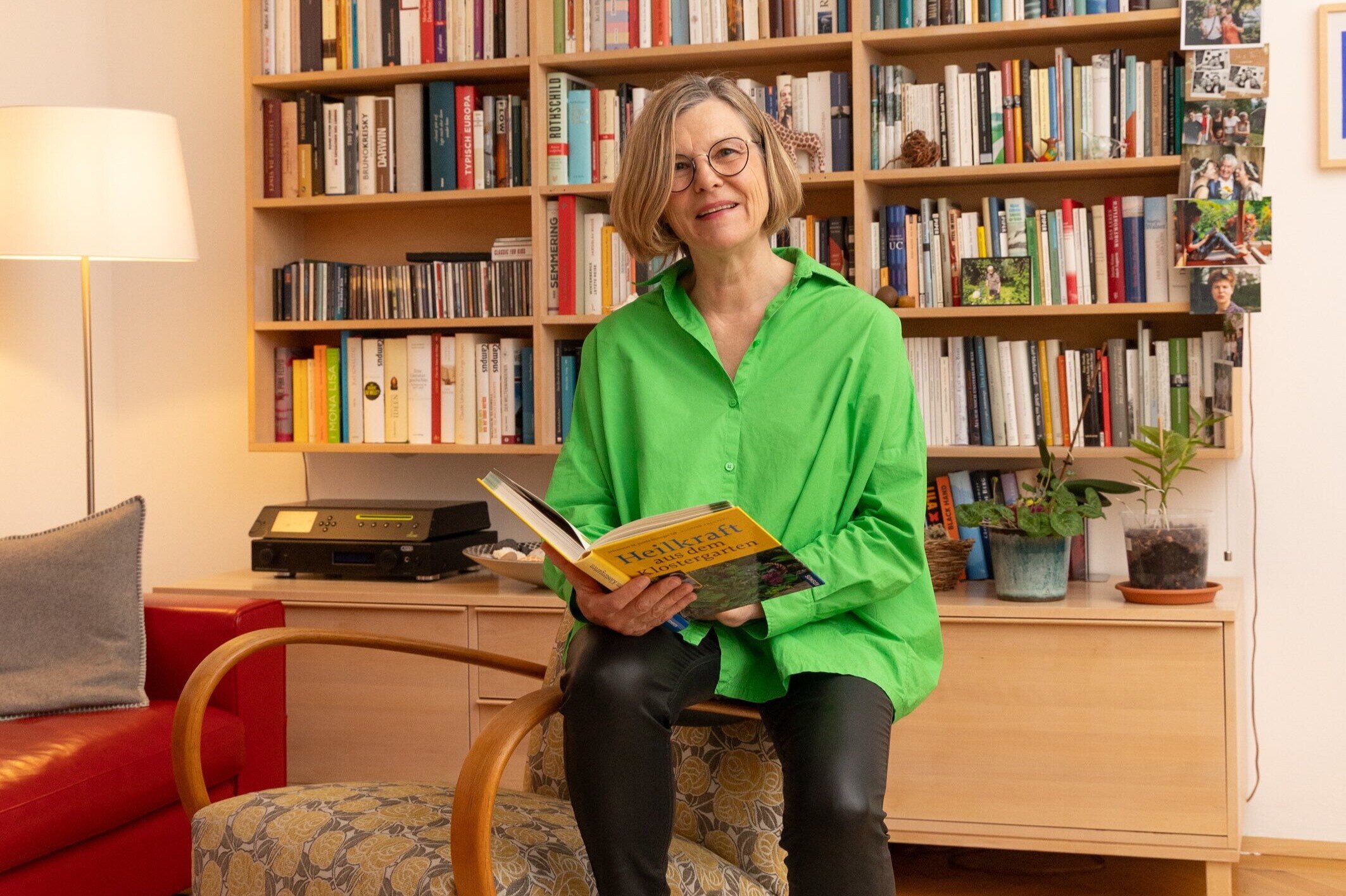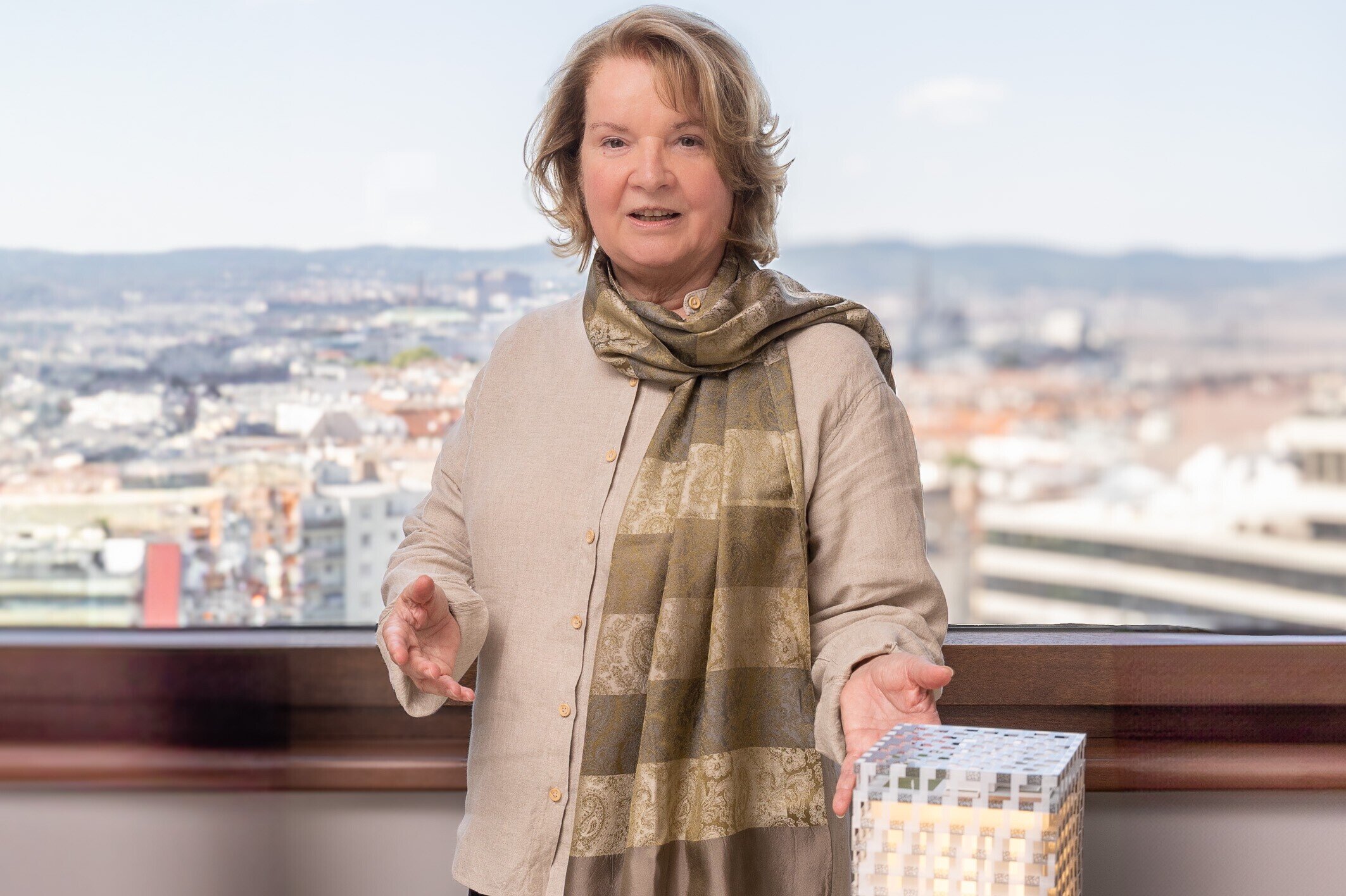Author
Barbara Wallner
Published on 01.01.2022
From the business magazine "Workflow"
01/2022 The Learning City
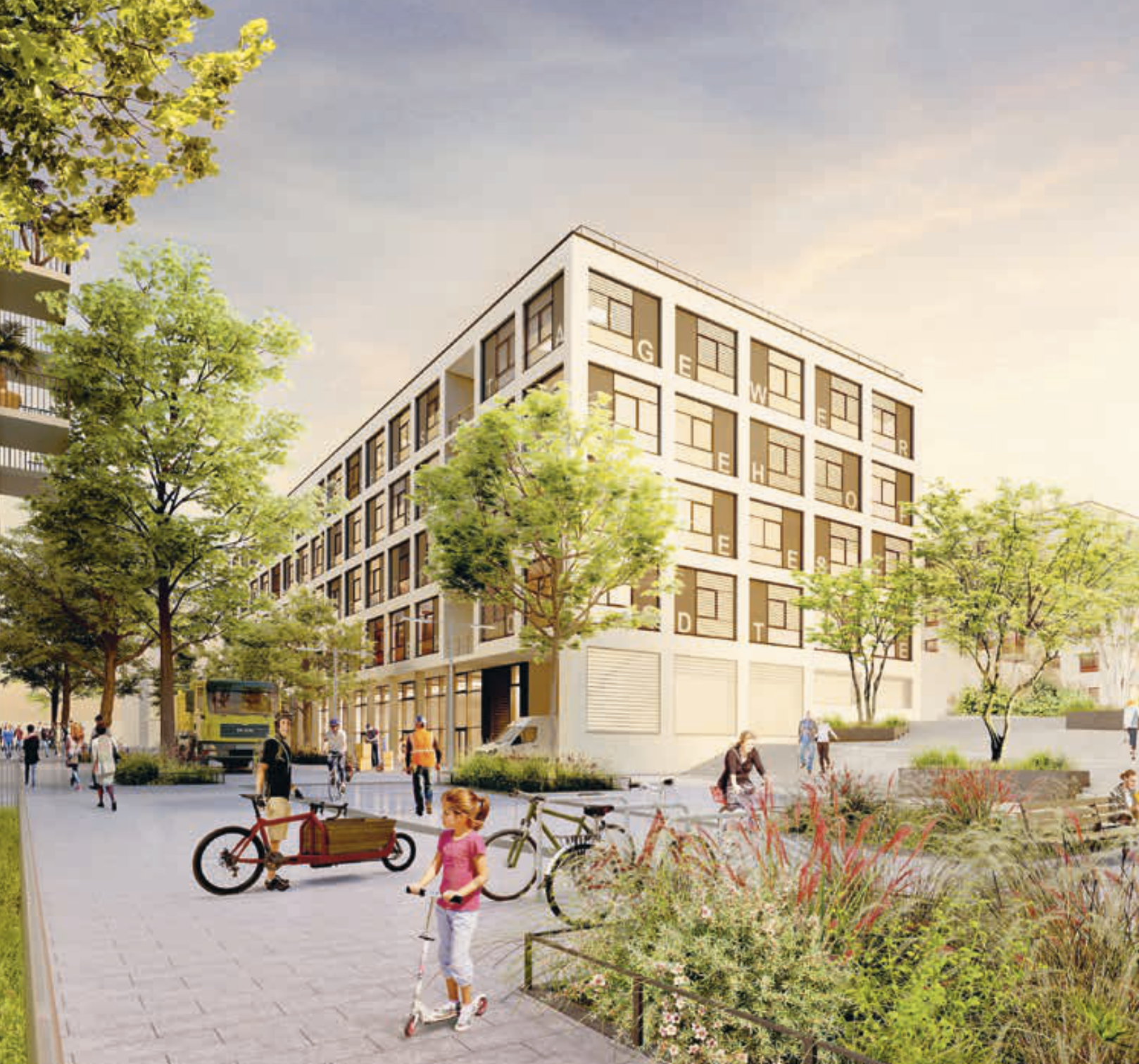
The carpentry workshop that apprentices can walk to, the plumbing business next door, the upholstery workshop where you can occasionally watch the work being done. This scenario is a rarity, especially in urban areas. For many of us, business is an abstract entity we read about in the newspaper. We don’t associate it with the carpenter who builds our wardrobe or the plumber who installs our dishwasher. Business is present in our homes, in our neighborhoods—and that should be visible and tangible, according to Rainer Holzer, Head of Real Estate at the Vienna Business Agency: “Business needs to move closer to people again.” Who among us really knows what goes into our food? How a couch is made? This is a thorn in Holzer’s side. The decades-long trend of separating living, production, and work into distinct, purpose-built districts has long been exposed as a mistake in modern urban development. A functioning, harmonious urban district blends these uses and allows them to interact meaningfully.
Tailor-made for production
This is where the new business park in Seestadt comes into play: a pilot project designed to illustrate this concept and serve as a model. The aim is to attract mainly small and medium-sized enterprises as well as craft businesses—Holzer mentions glaziers, furniture makers, and similar trades as examples: “We want to create a range of services in the immediate neighborhood that a new district simply needs.” Businesses need the right environment to thrive. In the city, this is not easy—either you make do with makeshift solutions or you leave the city, Holzer explains: “You struggle with encroaching residential development and sometimes outdated building structures. It’s hard to grow and operate under reasonable conditions.” The business park completely rethinks the combination of city and production infrastructure, says Holzer: “Logistics is always a challenge: parking is difficult, loading and unloading often happens in the second row, and transport connections are lacking. This complicates everyday operations and wastes time.
The business park was designed for production from the very beginning and eliminates all these problems.” Features include a shared garage, a covered loading zone that can even accommodate articulated lorries, heavy-duty lifts, spacious storage areas, and centralized disposal of special waste. The building itself is structurally adapted to the needs of manufacturing businesses, with wide corridors for electric pallet trucks and high load-bearing ceilings, so that production is possible on every floor.
“The business park completely rethinks the combination of city and production infrastructure. And it was designed for production from the very beginning.”
Rainer Holzer
Immobilienchef der Wirtschaftsagentur Wien
Room for new things. Production in the Business Park (right, front), surrounded by living, life, and learning. Rendering Business Park Seestadt © Vienna Business Agency / alice-vis.com, Mirjam Reither
Strong training network
A functioning economy needs future prospects—and those depend on the employees of tomorrow. “The vocational school center is very close by, where companies can recruit their apprentices,” explains Holzer. In the adjacent district, the City of Vienna is building a new central vocational school building for six commercial professions and the vocational school for the construction industry. The new building for 7,500 students will then complement the existing educational facilities in the neighborhood. These currently include two education campuses of the City of Vienna, the federal high school at Maria-Trapp-Platz, a private university, and the VHS Seestadt. Business—especially production—needs to be experienced, Holzer is convinced. There is so much to see, especially in the trades. And the Business Park makes it possible: In the ground floor zone, showrooms of a different kind are planned. Here, you don’t admire finished products, nicely arranged and ready for pickup. No, production is the main attraction: “Here we have the chance to show how production works and develops. Things like 3D printing will change our society and our everyday lives—the sooner each of us gets involved, the better.” When you walk past the ground floor zone, you should see that industry is not a closed-off story, but a vibrant, evolving part of our lives.
Here we have the chance to show how production works. Things like 3D printing will change our society and our everyday lives.
Rainer Holzer
Immobilienchef der Wirtschaftsagentur Wien
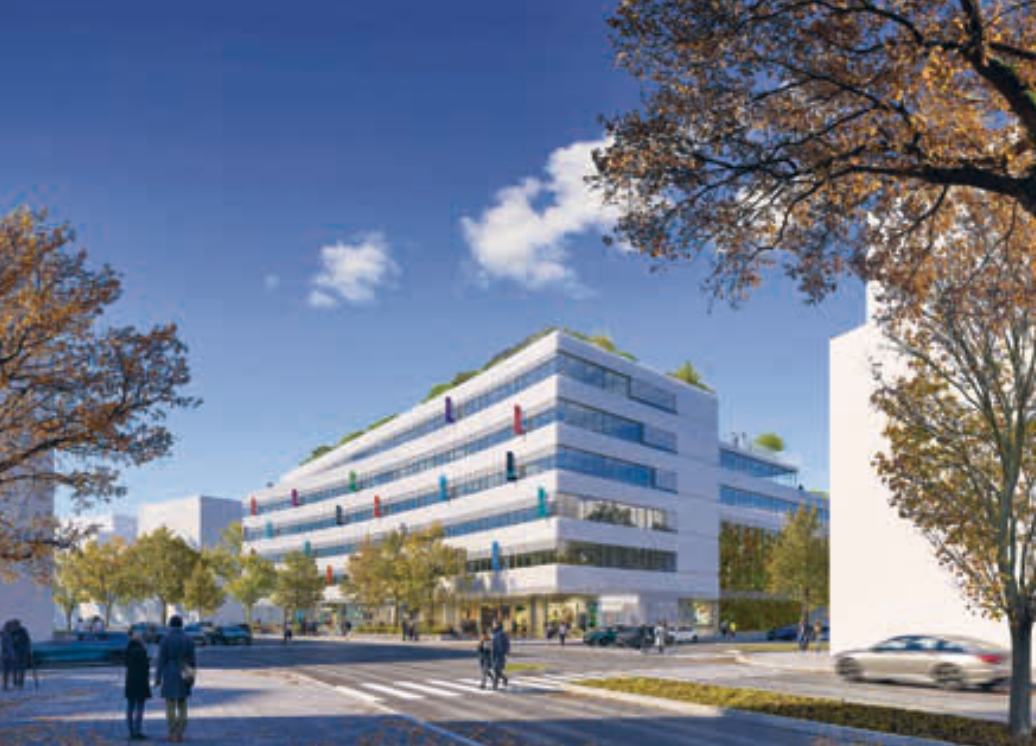
More space. This is what the aspern Manufactury planned for 2027 is expected to look like. © Schreiner, Kastler – Büro f. Kommunikation GmbH / schreinerkastler.at, Pichler & Traupmann Architekten ZT GmbH
Good connections, pleasant environment
In total, the business park offers space for around 40 companies, with 200 new jobs to be created here. This means: 200 people will spend a large part of their daily lives here, commuting from home to the business park every day. So companies need to ask themselves two questions: How good are the transport connections? And: Do my employees feel comfortable here?
The business park, located at Sonnenallee 122, is less than a 5-minute walk from the Seestadt subway station, and in summer you can spend your lunch break in the nearby Seepark. By car, you can reach the A23 in just a few minutes, and once the city road currently under construction is completed, the connection will be even more efficient. This will significantly ease the burden on businesses and residents of Donaustadt. The 3.2-kilometer-long road will partly run along the U2 subway line and the S80 and regional railway tracks to Bratislava, and at Hirschstetten it will connect to the A23 Südosttangente. Incidentally, about half of the city road will be underground, while the remaining section will be 2–3 meters below ground level.
Pilot project with model character
The primary aim is to attract craftspeople—but not only them. The key is to create a productive, connected community, explains Holzer. “We don’t want to exclude any sector; it should be a healthy, interesting mix.” The spaces are handed over so that companies can adapt them precisely to their needs. The Business Agency supports this process and also checks whether funding is possible.
Once the Business Park is established, it should be positioned as a best-practice example, focusing on the exchange of know-how. After all, the goal of the Business Agency is not to set up business parks everywhere, says Holzer; rather, they want to inspire imitators: “Our aim is to show that such a concept works and is future-proof. So that private businesses become interested in replicating it.” After all, the future can only happen if everyone gets involved.

